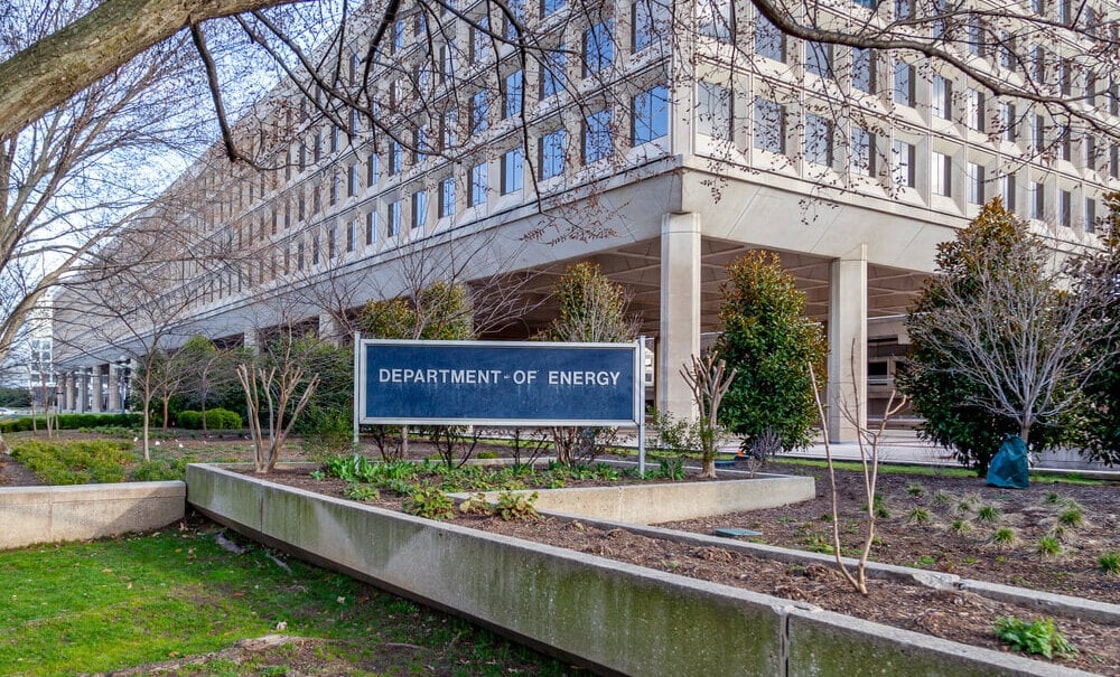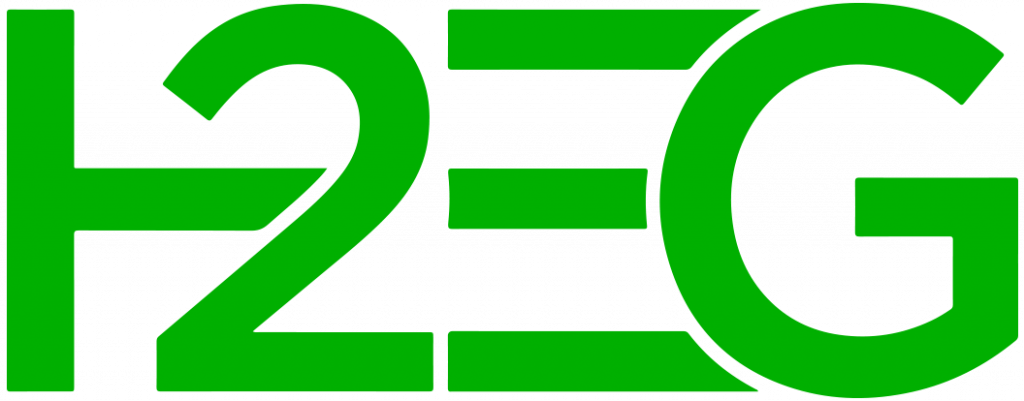
That warning comes from the Environmental Defense Fund (EDF), which says recent revisions by the Department of Energy (DOE) to its 45V hydrogen emissions model could allow projects to report methane pollution far below real-world levels and still qualify for subsidies.
Under Section 45V of the Inflation Reduction Act, projects can claim up to $3/kg of hydrogen, with credit levels tied to carbon intensity calculated through a dedicated lifecycle emissions model.
Early estimates suggested only renewable-powered electrolytic hydrogen would qualify for the full $3/kg credit, while fossil-based pathways with carbon capture would receive closer to $1/kg.
However, the climate group said “behind-the-scenes changes” by the DOE could damage US credibility, progress on emissions reduction, and waste taxpayer resources on unclean hydrogen production.
According to EDF, in May and June this year, the DOE updated how the emissions model treats upstream methane emissions from natural gas-based pathways.
“These revisions allow companies to provide their own methane emissions rates across different segments of the natural gas supply chain, rather than use default rates provided by DOE,” EDF’s blog states.
The DOE pitched this as a “more flexible method” to allow a “wider range” of “deserving companies” to access 45V, after various trade bodies warned the original methodology could jeopardise blue hydrogen projects.
2023 DOE modelling suggested most blue hydrogen projects would not meet the emissions criteria to be eligible for even the lowest tier of 45V credits ($0.60/kg).
But EDF said this opened the door for companies to “cherry pick” methane emissions data to maximise tax benefits by either selecting a default emissions rate .
This comes as the EPA proposes suspending methane emissions reporting requirements.
“A company could now claim their methane leak rate is only 0.1%, based on their reporting to EPA,” the group states – despite claiming the EPA’s methods “underestimate compared to real-world measurements.
“This number is nine times lower than the model’s default rate (0.9%).”
EDF estimates this change could allow hydrogen producers to underestimate greenhouse gas emissions by “nearly half.”
“DOE’s recent actions risk awarding huge sums of taxpayer dollars to companies producing so-called low-carbon hydrogen, but which don’t achieve the requirements set by Congress,” EDF wrote.
However, the concerns go beyond hydrogen itself. EDF noted each derivative, like ammonia and e-methanol, produced by this 45V-supported hydrogen could lose credibility – potentially locking US companies out of selling to markets like the EU.
EDF, along with other climate non-profits, raised these claims in a letter to Energy Secretary Chris Wright and Treasury Secretary Scott Bessent dated 1 October 2025.
Join the conversations shaping hydrogen
H2 View webinars bring together industry leaders to discuss the hottest topics and biggest trends.
With H2 View webinars, you’ll get:
• Insightful talks from global hydrogen experts
• Live debates, discussion, and audience Q&A
• On-demand access to every past webinar
Register for upcoming webinars or watch on demand

